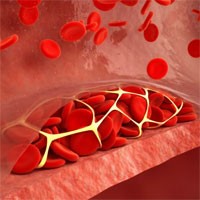Distributions and Behavior of Vital Signs in Critically Ill Children by Admission Diagnosis
journals.lww.com
This is the first study reporting distributions of continuously measured physiologic variables and trends in their behavior according to admission diagnosis in critically ill children. Differences detected between and within diagnostic groups may aid in earlier recognition of outliers as well as allowing refinement of patient monitoring strategies. Distributions at admission are dependent on patient age and admission diagnosis (p < 10–6). Heart rate decreases over time, whereas arterial blood pressure is relatively stable, with differences seen in the directions and magnitude of these trends when analyzed by diagnosis group (p < 10–6). Multiple linear regression analysis shows that patient age, diagnosis group, and physiologic vital sign value at admission explain 50–63% of the variation observed for that physiologic signal at 72 hours (or at discharge if earlier) with admission value having the greatest influence.















